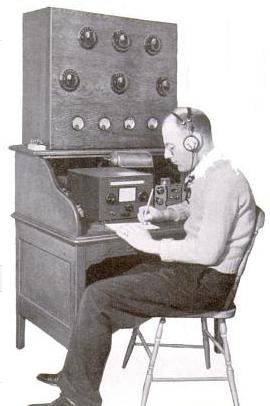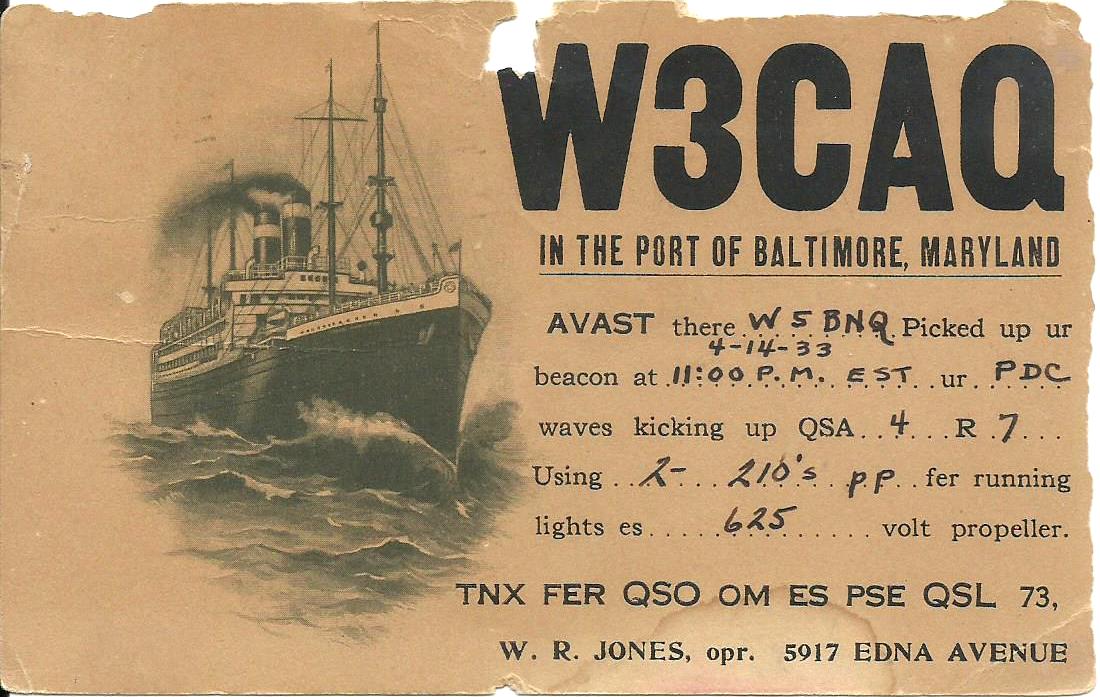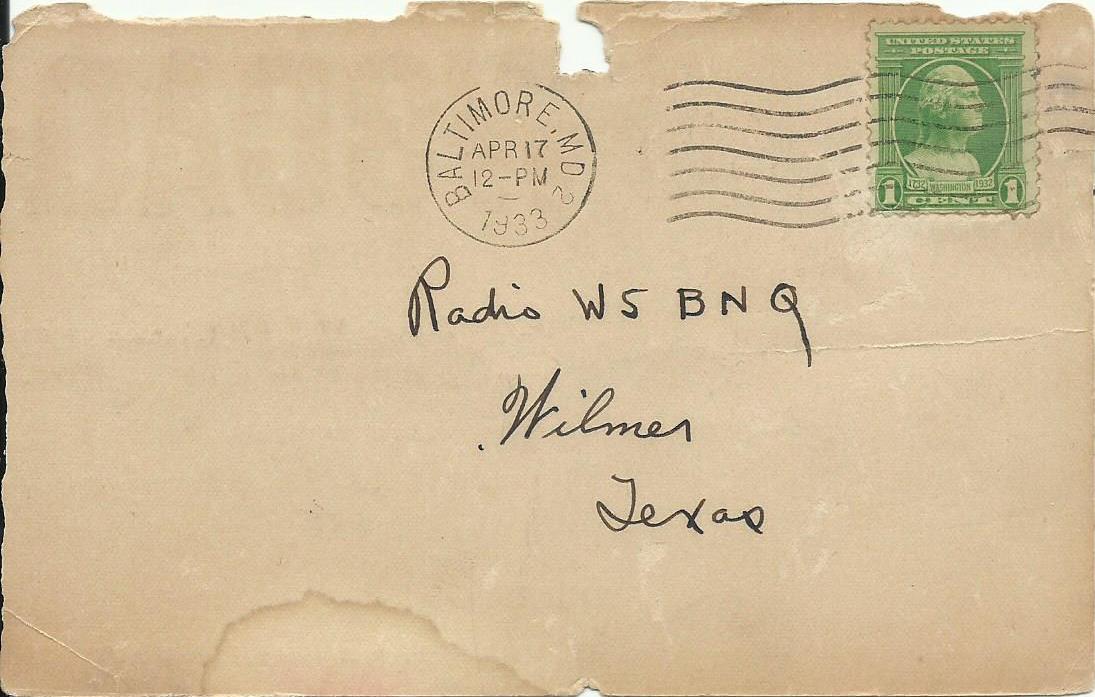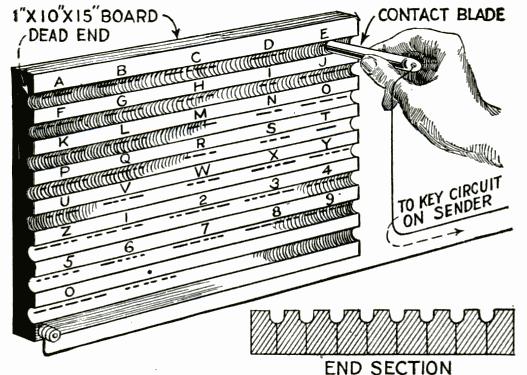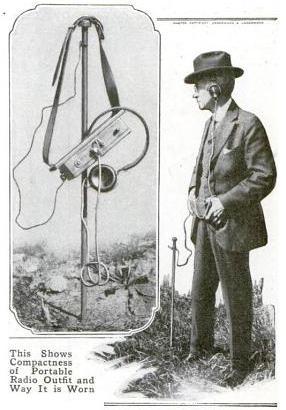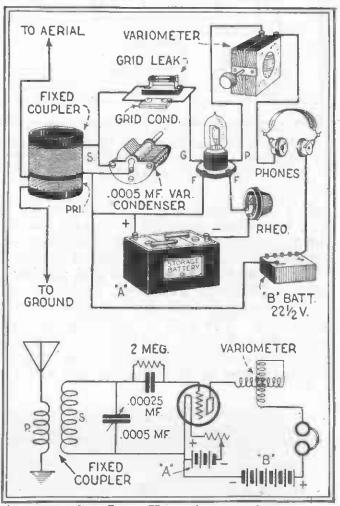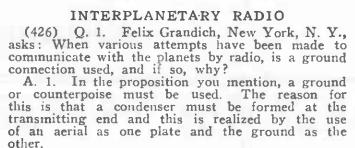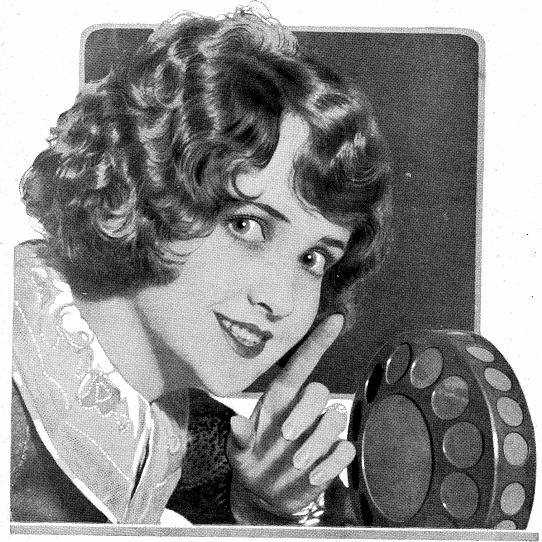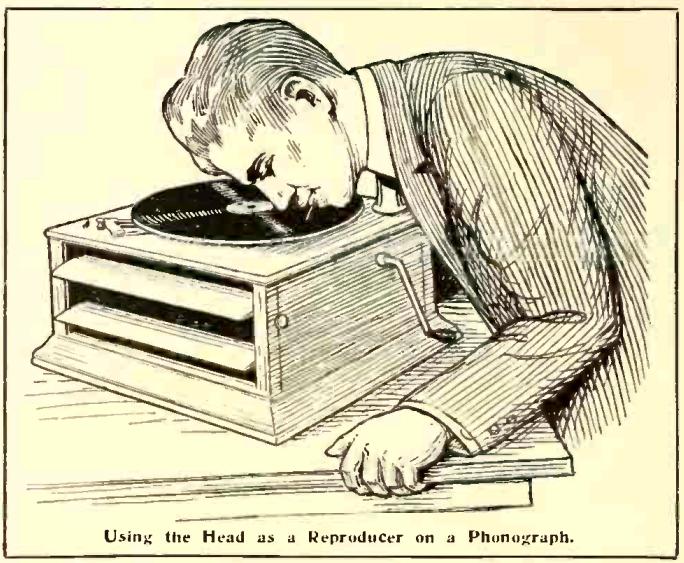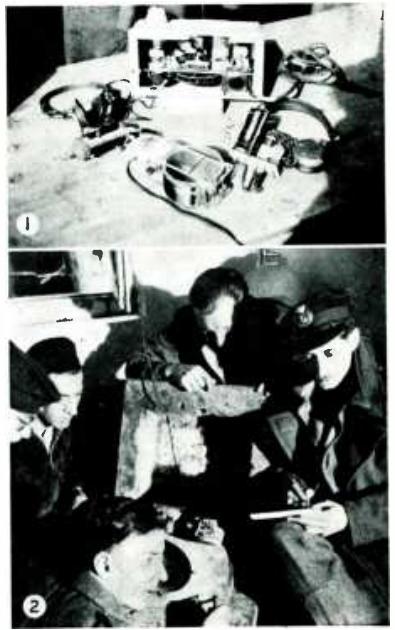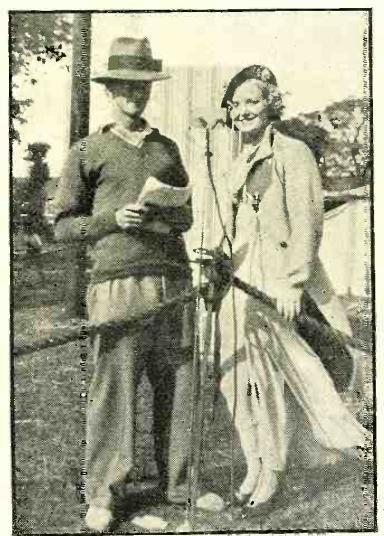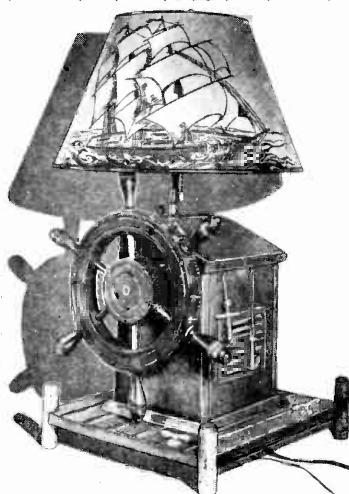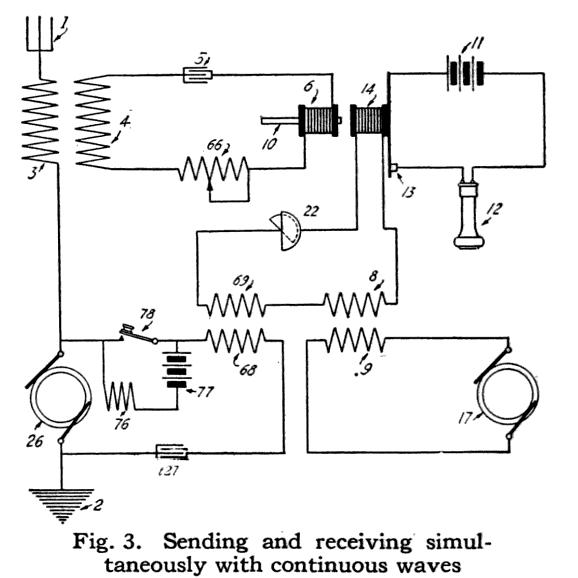Amateur radio operators tend to be nostalgic about old gear, and this is apparently not a new phenomenon. Eighty years ago this month, the January 1936 issue of Popular Science
featured the station of Winton R. Jones, W3CAQ, of Baltimore. Jones was an employee of a Baltimore ship salvaging company, and used his position to fully equip his 40 meter CW station. As soon as a ship arrived at the Baltimore salvage yard, Jones made a beeline for the radio room, where he acquired the gear at scrap metal prices.
Most of the equipment told a story. One of his power supplies came from the Morro Castle, a liner which burned off the New Jersey coast in 1934. The ship was en route from Havana to New York when it burned, resulting in the loss of 137 lives. The key came from the S.S. Jacob Luckenbach, a liner that went aground on the Mexican coast. Even the desk was salvaged from the captain’s quarters of a ship.
His oldest piece of equipment was an early Marconi galvanometer dating to use in the First World War aboard a Red Cross ship.
The station did get out. The image below is a QSL from W3CAQ for a contact with W5BNQ, Wilmer, Texas, in 1933.
Acknowledgment
I would like to thank Bob Green, W8JYZ of OldQSLCards.com for providing the QSL card shown here.
Click Here For Today’s Ripley’s Believe It Or Not Cartoon
![]()

